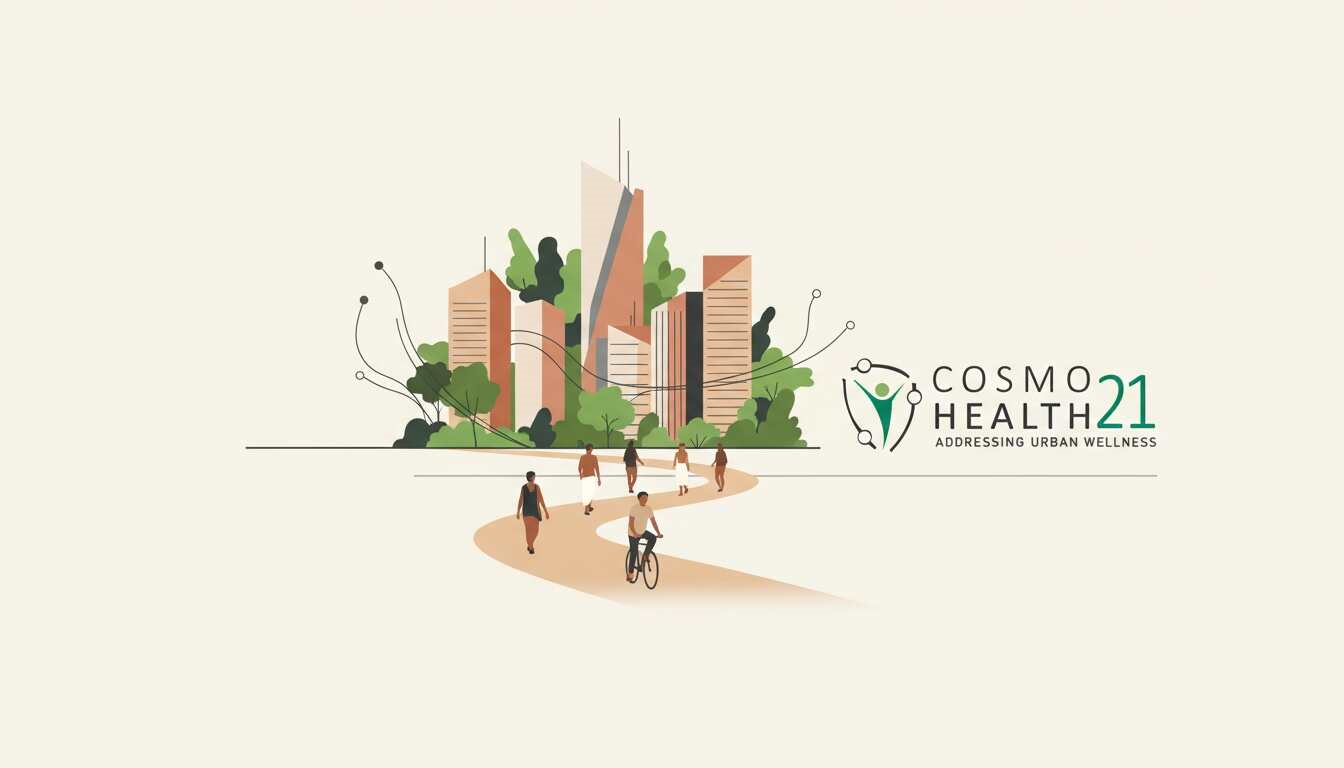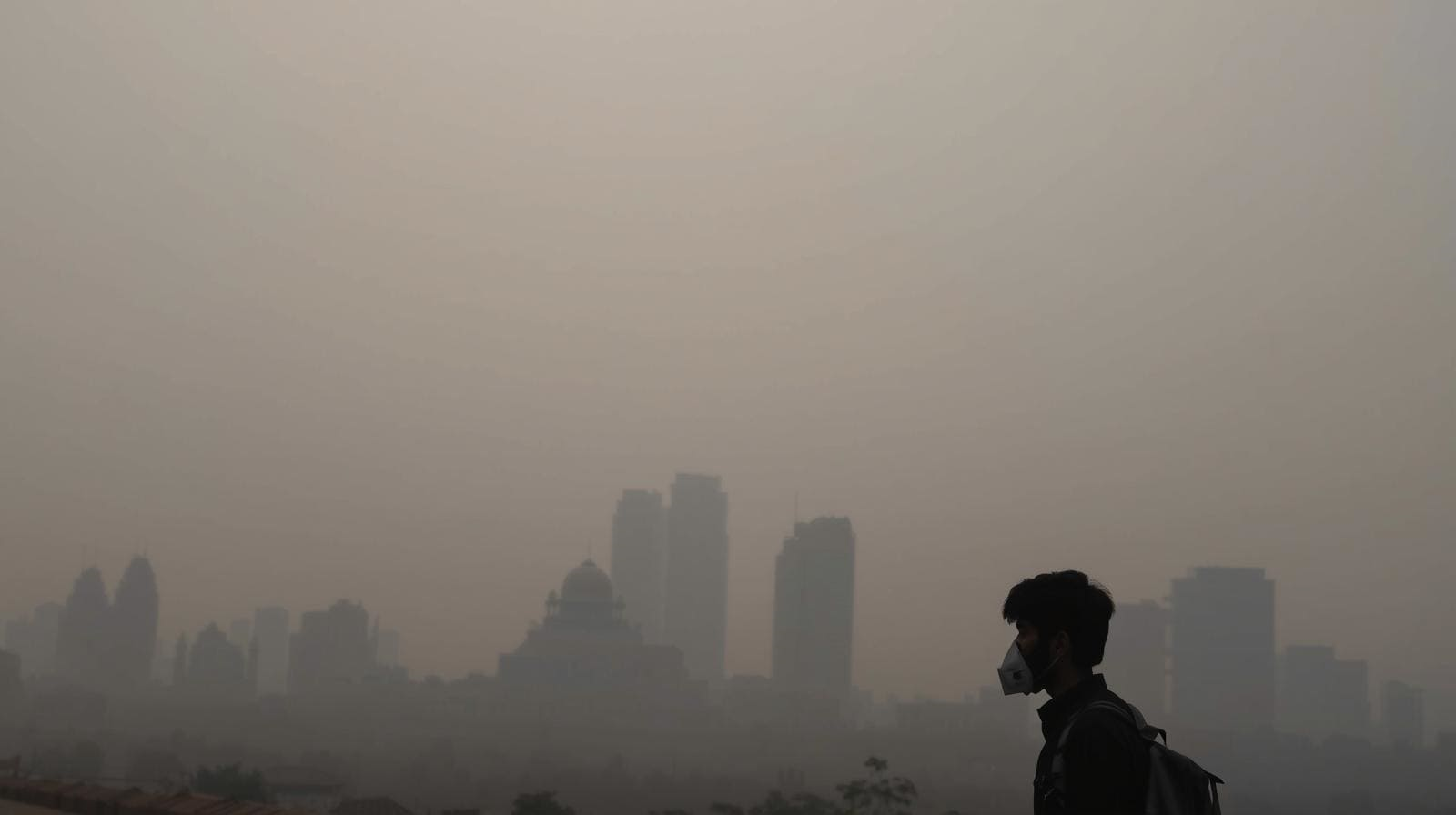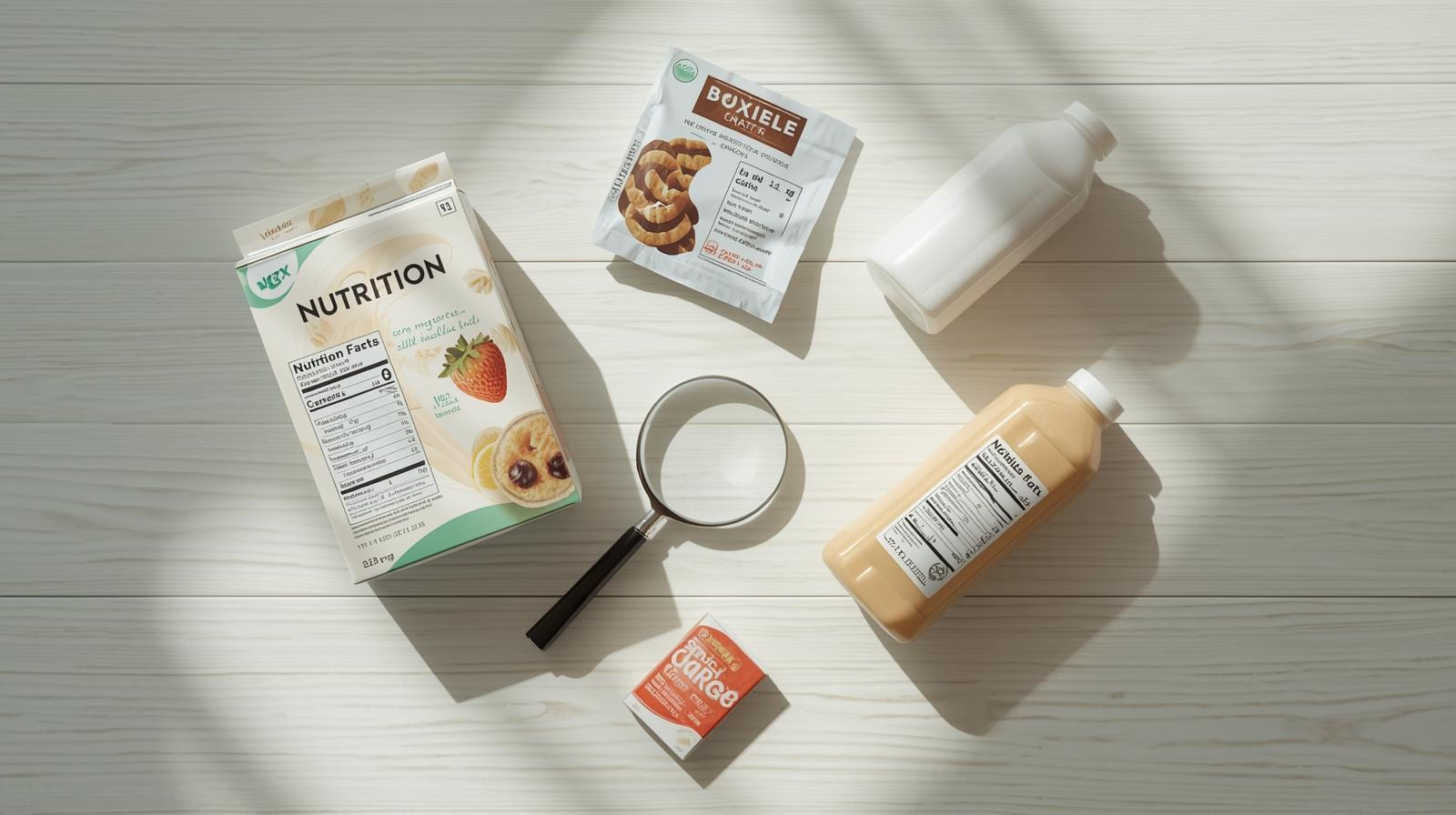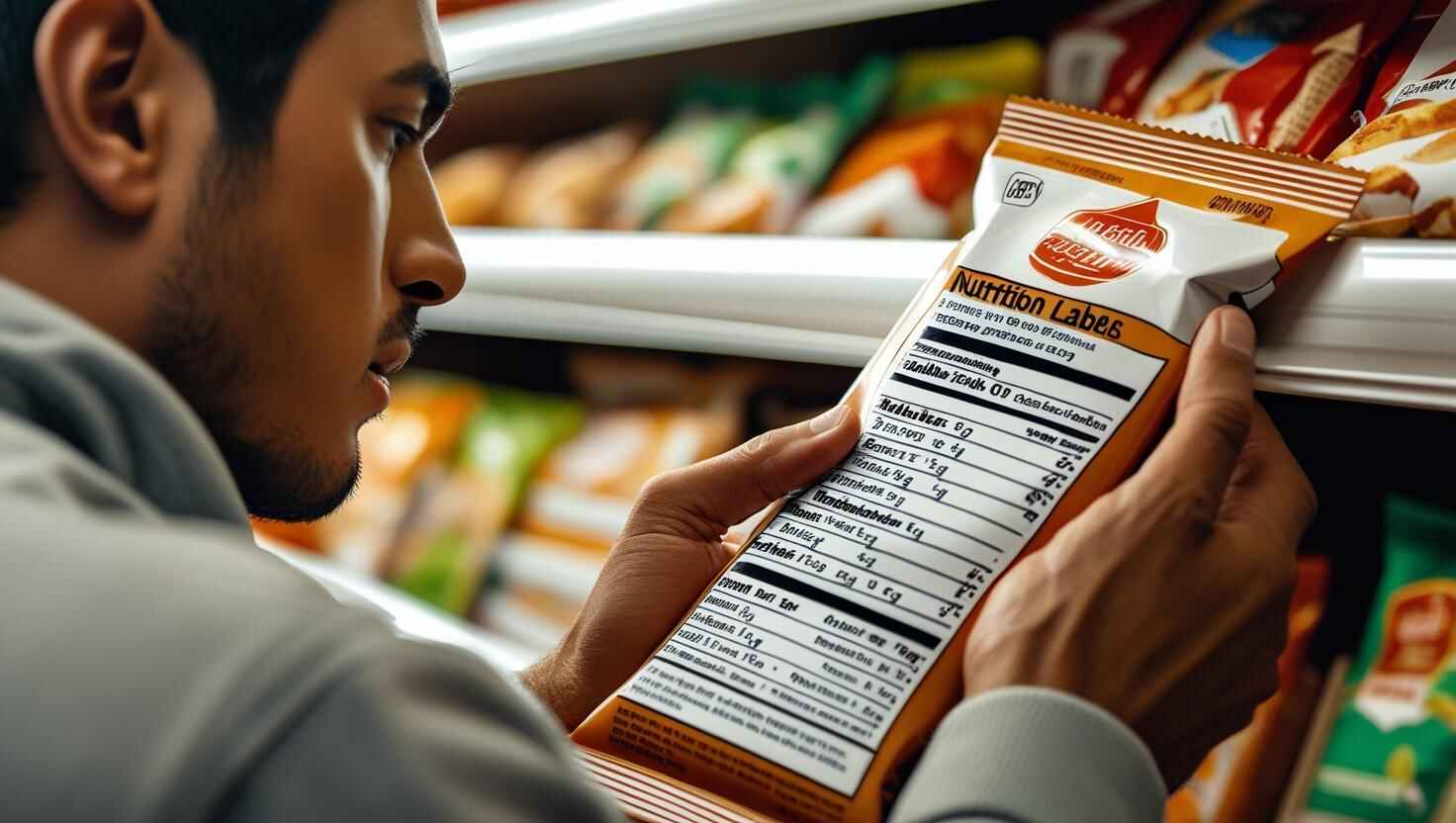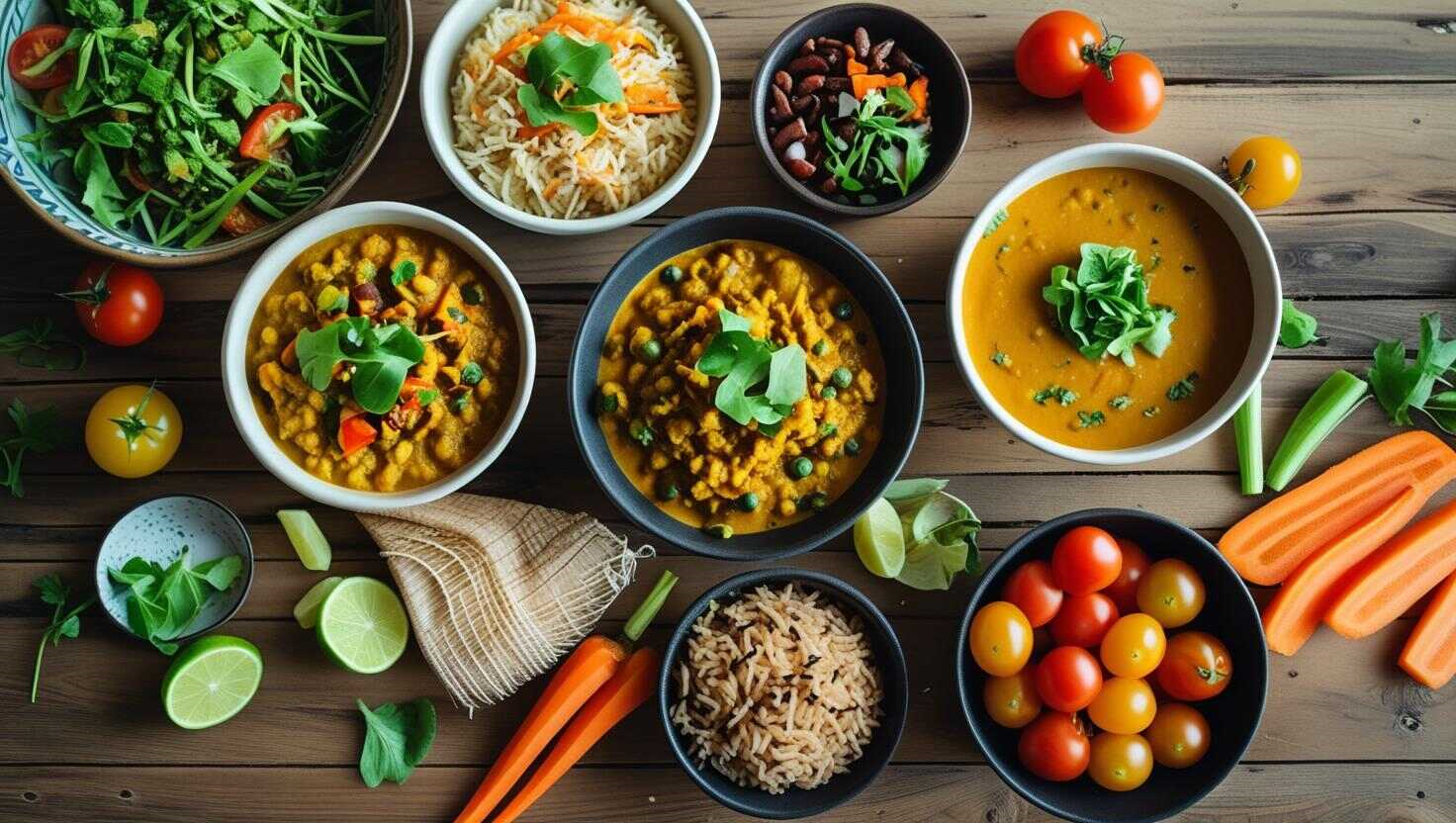
 by Admin
by Admin
 12 Oct, 2025
12 Oct, 2025
What’s Really Inside Your Food Packet?
They say “Don’t judge a book by its cover” — but when it comes to food, you should judge it by its label.
From mysterious numbers to sugar-coated promises, here’s the truth your packet doesn’t want you to read.
Bottled Water: Is It Really Safer?
You’d think bottled water automatically means cleaner, purer, safer. Not always. Many brands simply repackage filtered tap water. The fancy label doesn’t guarantee quality — the FSSAI and BIS codes do.
What to Look For:
The label must clearly say “Packaged Drinking Water”, not just “Mineral Water.”
- ISI mark (BIS 14543) means it meets Bureau of Indian Standards.
- FSSAI licence number confirms traceability and manufacturer identity.
- The source should be specific — avoid vague phrases like “local bottling unit.”
Avoid: unlabelled jars or dispensers at gyms, offices, or events.
Did You Know?
- BIS 14543 = packaged drinking water.
- BIS 13428 = mineral water.
Both must meet microbiological and chemical purity standards.
Malted “Health Drinks”: The Sweet Secret Behind the Energy
Remember those ads — “The secret of my energy”? Well, the real secret is sugar.
Popular “health” drinks like Horlicks, Bournvita, Complan, and Boost often contain 30–40% sugar — that’s nearly as much as cola. Many are fortified synthetically and may not deliver the nutrition they claim.
What to Check:
- Sugar per 100 g: More than 20 g = sugar trap.
- Ingredients like malt extract or liquid glucose = hidden sugars.
- Synthetic vitamins ≠ real nutrients.
Smarter Swaps:
Ragi malt, homemade nut milk, or unflavoured whey/pea protein.
Note: In 2023, FSSAI asked malted drink brands to revise misleading “health” claims after consumer complaints.
Flavoured Water, Energy & Vitamin Drinks: Marketing in Disguise
Bright colours, bold words, sleek bottles — these “energy” or “vitamin” waters often hide caffeine, artificial dyes, and preservatives.
Tip: Check if it’s labelled “Proprietary Food” under FSSAI rules. If not, skip it.
Look For:
- E-numbers (E-102, E-133): synthetic colourants.
- Caffeine content: must be declared in mg.
- Missing or vague nutrition tables: red flag.
Healthier hydration alternatives:
Coconut water, buttermilk, or lemon-infused water.
Everyday Products You Think Are Healthy — But Aren’t
Words like brown, low-fat, and fortified sound good but often mean nothing.
Here’s how marketing twists “healthy”:
- Brown Bread — Usually dyed white bread (thanks to E150 caramel). Choose ones that list whole wheat (atta) first.
Low-Fat Yogurt — Typically adds sugar or starch to improve taste.
Breakfast Cereals — Many contain 25–30 g sugar per 100 g, even with “iron-rich” claims.
Cooking Oils — “Heart healthy” blends often use refined palm or soybean oils.
Smarter Swaps: Plain curd, genuine whole-grain bread, and traditional cold-pressed oils.
Packaged Snacks and “Air Fry” Myths
“Baked” or “Air-fried” doesn’t automatically mean healthy. Sodium and starch content are often just as high as deep-fried versions.
Checkpoints:
- Palm oil or “vegetable fat” = ultra-processed.
- Sodium > 400 mg per 100 g = unhealthy.
- Multigrain = usually white flour with trace grains.
- Smart Swaps:
Roasted chana, makhana, or baked bhujia under 200 mg sodium. - Did You Know?
Quick bites of food wisdom worth remembering:
- “No added sugar” juices can still have sugar levels equal to colas.
- ISI BIS 14543 = packaged drinking water; BIS 13428 = mineral water.
- FSSAI bans BVO (brominated vegetable oil) in soft drinks — check imported ones carefully.
- Brown sugar = white sugar + molasses — nutritionally the same.
- Imported foods must have an FSSAI import licence visible before sale in India.
Final Takeaway
Food awareness isn’t just about ingredients — it’s about decoding what’s hidden between the lines.
The next time you grab that “healthy” drink or “whole grain” cereal, take ten seconds to read the whole story printed on the pack.
Because sometimes, what’s written in fine print decides your health in bold.
Sources: FSSAI Guidelines (2023); BIS Standards; Indian Journal of Public Health Nutrition; WHO Asia Reports.
Disclaimer: Educational use only. Not a substitute for medical or professional dietary advice.
Search
Recent Post

 16 Oct, 2025
16 Oct, 2025
Corporate Wellness: The New Workplace Priority

 12 Oct, 2025
12 Oct, 2025
What’s Really Inside Your Food Packet?

 02 Jul, 2025
02 Jul, 2025
Is Your Air & Water Making You Sick?

 14 Jun, 2025
14 Jun, 2025

